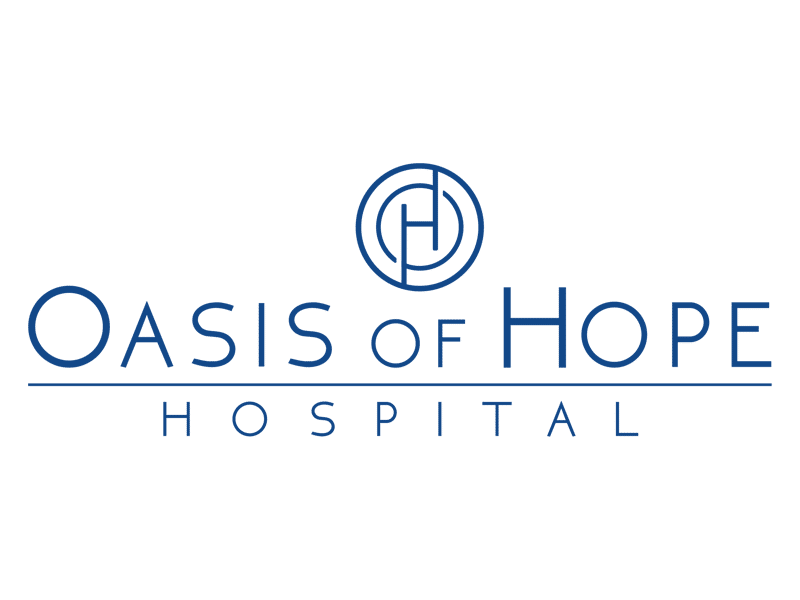 by Dr. Francisco Contreras, MD.
by Dr. Francisco Contreras, MD.
Eradicating cancer is the greatest challenges medical science has ever faced. No other disease has had more money ore more hours of scientific study devoted to it. Since the 1920’s when the United States government first funded studies on cancer, vast resources have been invested in the search for a cure. Regular reports of valuable discoveries have been the norm ever since.
 I’ve been told that during World War II a ship called Liberty, which was carrying a mustard gas, sunk. All the sailors had to jump into the water, where there were in contact with this mustard gas. Many died because of leucopenia, or the lowering of the white blood cell count. Since their white blood cells were depleted, their immune systems couldn’t fight off sickness. They died of the other complications, including many types of infections, especially pneumonia.
I’ve been told that during World War II a ship called Liberty, which was carrying a mustard gas, sunk. All the sailors had to jump into the water, where there were in contact with this mustard gas. Many died because of leucopenia, or the lowering of the white blood cell count. Since their white blood cells were depleted, their immune systems couldn’t fight off sickness. They died of the other complications, including many types of infections, especially pneumonia.
Someone at that time realized that maybe that gas or a derivative of it could be used for the cases of leukemia, in which the white blood cell count is extremely high.
Therefore, the first drug that was developed was called mustargen. It was a big help for the children with some types of acute leukemia, as there was nothing that we could offer before that. The problem with that drug was its toxicity.
Patients started vomiting and feeling terrible. But it was the only thing we had at that time, and it was excellent for leukemia and lymphomas.
 After that, of course, the investigation into chemotherapy as a treatment for cancer started, and the were ABLE TO COME UP WITH THE NEXT DRUG, WHICH WAS CALLED CYTOXIN, That was the birth of the treatment of cancer with chemotherapy.
After that, of course, the investigation into chemotherapy as a treatment for cancer started, and the were ABLE TO COME UP WITH THE NEXT DRUG, WHICH WAS CALLED CYTOXIN, That was the birth of the treatment of cancer with chemotherapy.
In 1955 a division of the National Institute of Health, the National Cancer Institute (NCI), established the Chemotherapy National Service Center (CNSC). This center appropriated $25 million to promote chemotherapy since “it was demonstrated” that it had “proved to be an effective treatment for cancer patients, not only in the United States, but around the world.”
In the years that followed, many scientist, doctors and cancer patients were encouraged with the hope that very soon a cure would be found for cancer.
 Then came the official declaration of war on cancer. In December 1971, in cooperation with the American Cancer Society (ACS), President Richard M. Nixon signed the National Cancer Act. With it came the promise of a victory over cancer and a 50 percent reduction of the cancer death rate in ten years, if sufficient funds were provided.
Then came the official declaration of war on cancer. In December 1971, in cooperation with the American Cancer Society (ACS), President Richard M. Nixon signed the National Cancer Act. With it came the promise of a victory over cancer and a 50 percent reduction of the cancer death rate in ten years, if sufficient funds were provided.
Perhaps this would be the initiative that would win the battle against cancer. With all these forces brought together, maybe it was the time for an answer.
But five years later, in an annual assembly, the directors of the President’s Cancer Panel reported that no positive results could be shown, no progress had been made. The in 1980 the NCI felt to oblige to report that very little ground had been gained, and its members were fearful of a loss of prestige.
In fact, despite modern technology, research and an abundance of funds, cancer deaths were up. In 1972 about 330,000 patients died of cancer in the United States. Despite the promise to cut that figure in half in a decade, by 1982 the cancer death rate surpassed the 400,000 mark.
 In 1984, under Sr. Vincent T. De Vita, the NCI theatrically announced the “reachable” goal of reducing the death rate by 50 percent in twenty years (1980-2000). That meant that since 490,000 people died of cancer 1980, only 245,000 people would die of cancer at the beginning of the twenty-first century.
In 1984, under Sr. Vincent T. De Vita, the NCI theatrically announced the “reachable” goal of reducing the death rate by 50 percent in twenty years (1980-2000). That meant that since 490,000 people died of cancer 1980, only 245,000 people would die of cancer at the beginning of the twenty-first century.
Next week’s blog post will discuss how we are losing the war on cancer.

